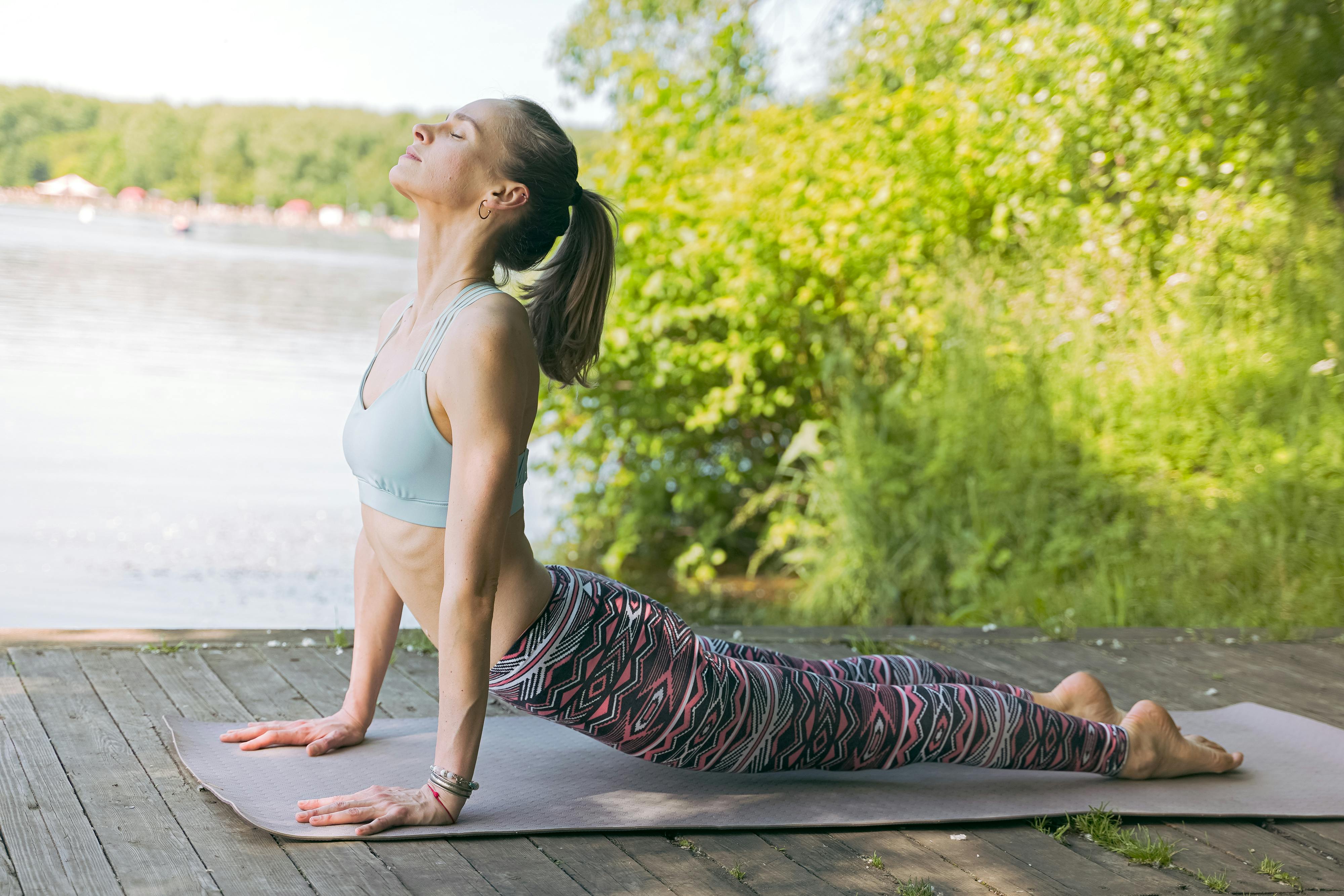Biorhythm Optimization: Aligning Your Life with Nature's Cycles
A revolutionary approach to wellness is quietly gaining traction among health enthusiasts and scientists alike. Have you ever wondered why some days you feel energized and productive, while others leave you sluggish and unfocused? The answer may lie in the fascinating world of biorhythm optimization. This cutting-edge wellness strategy promises to transform our understanding of personal health by aligning our daily routines with the body's natural cycles.

The Science Behind Biorhythms
At the core of biorhythm optimization is the understanding that our bodies operate on various cyclical patterns. These patterns, known as circadian rhythms, ultradian rhythms, and infradian rhythms, govern everything from our sleep-wake cycles to our cognitive performance and even our mood fluctuations.
Circadian rhythms, which operate on a roughly 24-hour cycle, are perhaps the most well-known. They influence our sleep patterns, body temperature, and hormone production. Ultradian rhythms occur multiple times within a 24-hour period and affect our energy levels and focus. Infradian rhythms, which span longer periods, can impact monthly hormonal cycles and seasonal changes in mood and behavior.
Research has shown that disruptions to these natural rhythms can lead to a host of health issues, including sleep disorders, mood disturbances, and even chronic diseases. By aligning our daily activities with these rhythms, proponents of biorhythm optimization argue that we can enhance our physical performance, mental clarity, and overall well-being.
Chronotypes and Personalized Biorhythm Strategies
One of the most exciting aspects of biorhythm optimization is the recognition that not all individuals operate on the same schedule. Chronotypes, or individual differences in circadian rhythms, play a crucial role in determining when a person is most alert, productive, or ready for sleep.
Scientists have identified four main chronotypes: lions (early risers), bears (those who follow the solar cycle), wolves (night owls), and dolphins (light sleepers). Understanding your chronotype can help you tailor your daily schedule to match your body’s natural peaks and troughs in energy and alertness.
For example, lions might benefit from tackling complex tasks in the early morning, while wolves may find their cognitive abilities peak in the evening hours. Bears, representing the majority of the population, tend to follow the sun’s rhythms and may experience an energy dip in the early afternoon.
Nutrition and Biorhythm Synchronization
The timing of our meals can significantly impact our body’s natural rhythms. Chrononutrition, a subset of biorhythm optimization, focuses on aligning our eating patterns with our body’s circadian rhythms.
Research suggests that consuming the majority of our calories earlier in the day may lead to better weight management and improved metabolic health. This is because our bodies are better equipped to process and utilize nutrients during daylight hours when our metabolism is most active.
Moreover, the timing of specific nutrients can influence our body’s rhythms. For instance, consuming protein-rich foods in the morning can help boost alertness and cognitive function, while carbohydrate-heavy meals in the evening may promote better sleep by increasing the production of sleep-inducing hormones.
Exercise and Physical Activity Timing
Optimizing the timing of physical activity is another key aspect of biorhythm synchronization. Studies have shown that exercising at certain times of the day can yield different benefits.
Morning exercise has been linked to improved fat burning and may help to regulate appetite throughout the day. It can also help to reset the body’s circadian clock, which is particularly beneficial for those struggling with jet lag or shift work.
On the other hand, afternoon workouts may lead to better performance in terms of strength and endurance. This is due to the body’s natural increase in core temperature and hormone levels during this time.
Evening exercise, while often discouraged due to its potential to disrupt sleep, can actually be beneficial for some individuals. It may help to reduce stress and promote relaxation, provided it’s not too close to bedtime.
Light Exposure and Biorhythm Regulation
Light exposure plays a crucial role in regulating our circadian rhythms. Our bodies are designed to respond to natural light cycles, with exposure to sunlight during the day promoting alertness and suppressing sleep-inducing hormones.
In our modern world, however, artificial light from screens and indoor lighting can disrupt these natural patterns. Biorhythm optimization emphasizes the importance of managing light exposure throughout the day.
Strategies include getting natural sunlight exposure in the morning to help wake up the body, using blue light-blocking glasses in the evening to prepare for sleep, and creating a dark sleeping environment to promote melatonin production.
Practical Biorhythm Optimization Tips
-
Identify your chronotype and adjust your daily schedule accordingly
-
Aim to eat larger meals earlier in the day when metabolism is most active
-
Experiment with different exercise timings to find what works best for your body
-
Expose yourself to natural light in the morning to help regulate your circadian rhythm
-
Create a consistent sleep schedule, even on weekends
-
Use apps or wearable devices to track your natural energy patterns throughout the day
-
Practice mindfulness or meditation during your body’s natural ‘dips’ in energy
-
Consider your body’s rhythms when scheduling important tasks or meetings
As we continue to unravel the complexities of human biology, biorhythm optimization stands out as a promising frontier in personalized health and wellness. By aligning our daily activities with our body’s natural cycles, we have the potential to unlock new levels of physical performance, mental clarity, and overall well-being. While more research is needed to fully understand the long-term impacts of this approach, the growing body of evidence suggests that paying attention to our internal rhythms could be the key to a more balanced and energized life.





